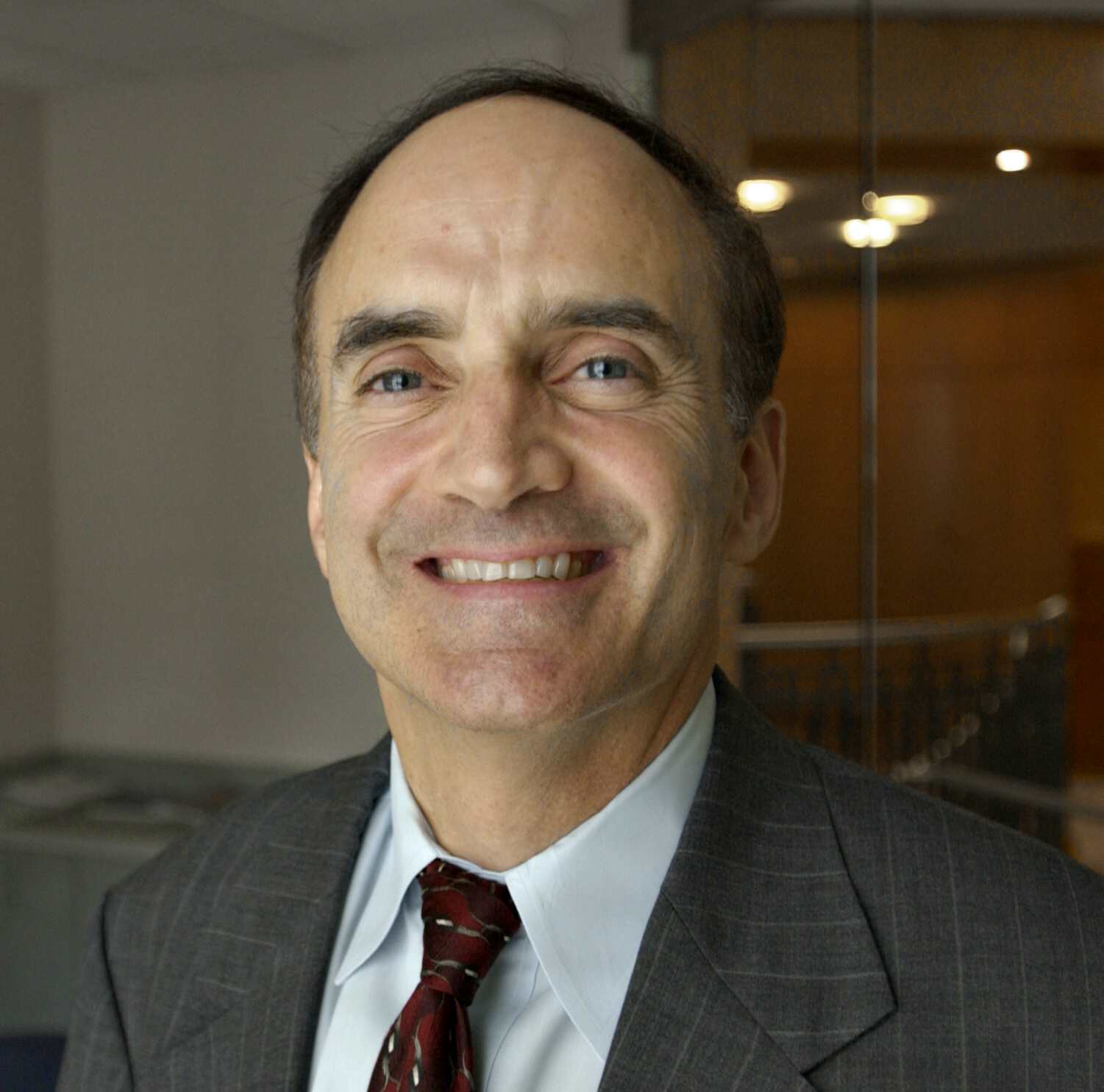Arizona authorities need to question the disbanding of a permanent parking space for the DEA in a hangar at the Toluca International Airport. It presents a capabilities-expectation gap to execute supervisory and capture schemes of high-ranking cartel leaders. With midterm elections over, the worsening criminal and public health crises mandates bipartisanship to stop cross-border drug trafficking.
In fact, on Nov. 21, the incoming House Government Oversight Committee chairman, James Comer (R-Ky.) announced they will be leading the investigation on how to stop fentanyl from coming across the border. That could be great and helpful if it does not just turn into a political blame game but actually provides solutions on how to disempower the cartels.
While U.S. enforcement has helped to cause the centralized structure of Mexico's drug trafficking organizations to degenerate, with violent struggle raging between competing cartel groups, consolidation for territory and market space have spilt into new poly-crime syndicates. Some of those operations involve fuel theft, extortion racket, for-hire assassination, sexual servitude, and migrant kidnapping.
Fentanyl is only the latest entry into the dtrug maze. For example, the lifelong imprisonment of Sinaloa Cartel kingpin, El Chapo Guzma'n, failed to extinguish the threat presented by Mexico's historically dominant drug trafficking organization. Instead, the cartel splintered into four competing groups, escalating inter-cartel violence.
Mexico transformed from an intermediary transit country for drugs destined to the U.S. into a production center for heroin and fentanyl-laced counterfeit tablets. The rising seizure rate of fentanyl-related drugs by law enforcement coincides with the highest-ever record of drug overdose deaths over a 12-month period. In 2021, 100,000 died of drug overdoses, mostly fentanyl now.
Imports of Mexican fentanyl products typically require Chinese precursors. However, the pandemic-induced lockdowns disrupted chemical inputs used to create synthetic opioids. Mexican drug producers have since sought to stabilize drug output by developing in-house processing methods and diversifying international supply chains, pointing to India's emergent position for illegal manufacturing of opioids.
When facilitating drug interdiction, the challenge for the U.S. remains bilateral cooperation with Mexico. To start, in 2020, former Mexican Secretary of Defense Salvador Zepeda was arrested on federal charges for conspiring to transport drugs and launder money in Los Angeles. Mexico responsively threatened to expel DEA agents from the country, resulting in Zepeda's release without prosecution from the DOJ. These Mexican shortcomings date back to the Clinton administration. In 1997, Mexico's newly appointed commissioner of the National Institute to Combat Drugs, Jesà �s Gutierrez Rebollo, was arrested for collaborating with the narcotic-smuggling Juarez Cartel, following a trip to Mexico by former Drug Czar General Barry McCaffrey in which McCaffrey had expressed great hope in working with him to stop the drug flow.
This failure to spot and indict high-ranking Mexican government officials for their profiteering in the drug trade illustrates a deficiency to reform some Mexican corrupt law enforcement agencies. In tandem, decades-long commitments from Mexican presidents prove ineffective too. From then-President Calderà �n's "worst nightmare" anti-drug offensive, and Nieto's tactical counterinsurgency on cartel leaders, to the most recent "Hugs, not Bullets" movement under AMLO, drug inflows and spillover violence have yet to subside.
FY 2021 U.S. foreign assistance to Mexico totaled $158.9 million, yet corruption still permeates many levels of Mexico's public institutions. The disbursement of public funds should be contingent upon curtailing the drug trade. We could cut it in half and make the rest contingent on success.
(Note: You can view every article as one long page if you sign up as an Advocate Member, or higher).





